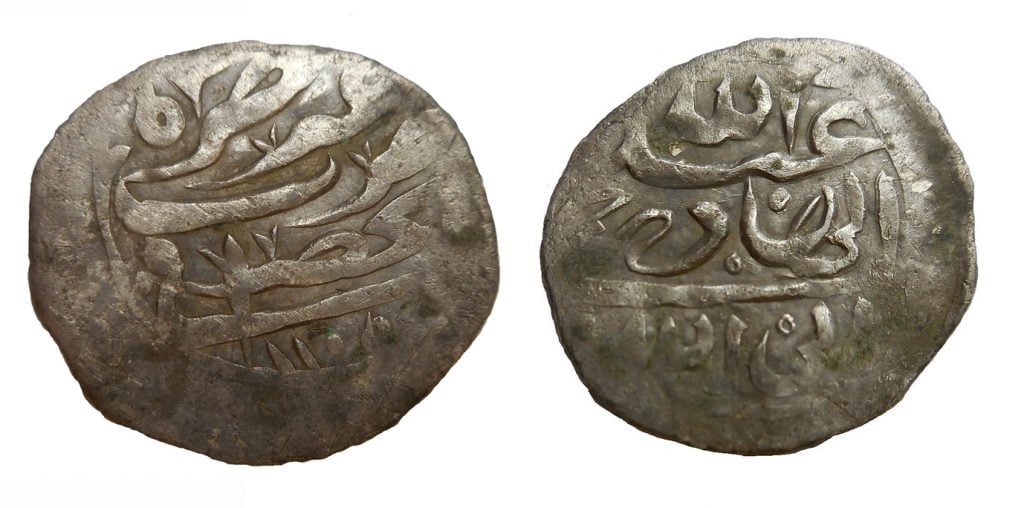Archaeology & History
An Amateur Anthropologist Found a 17th-Century Coin That May Solve the Mystery of an Infamous Pirate Heist
Experts are in the midst of examining the coin trove—but so far, evidence suggests that the novice's theory is correct.

Experts are in the midst of examining the coin trove—but so far, evidence suggests that the novice's theory is correct.

Artnet News

A small trove of 17th-century Arabian coins has been unearthed in various locations across New England. They may help solve a centuries-old mystery surrounding a heinous ocean heist and the nefarious band of pirates who perpetrated it.
Jim Bailey, an amateur anthropologist and metal detectorist, discovered the first coin at a Middletown, Rhode Island fruit farm back in 2014. Research later proved that the coin was minted 1693 in Yemen, making it the oldest object of its kind ever discovered in North America, according to the Associated Press. Its presence was a major surprise, since evidence shows that American colonists didn’t travel to the Middle East until decades later.
Since 2014, some 15 Arabian coins have been discovered around the northeastern United States. And Bailey has developed a novel theory as to how they ended up there.
Writing in the Journal of the American Numismatic Society, the anthropologist posits that the seamen arrived with Captain Henry Every, an English pirate who ransacked a royal ship carrying Muslim pilgrims from Mecca back to their home to India. Every then fled to the American colonies, Bailey suggests, where the pirate took on a new role as a slave trader—and may have even introduced the first enslaved peoples to Rhode Island.
This 17th-century pirate got away with murder. Now Arabian coins unearthed across New England are helping to solve one of the world's oldest cold cases. https://t.co/DXk0Klf4TQ
— The Associated Press (@AP) April 1, 2021
Every and his crew tortured and killed those aboard the ship, called the Ganj-i-Sawai, before making off with a huge load of gold and silver that belonged to the Indian emperor Aurangzeb. After the incident, King William III of England offered up a major bounty on the crew—launching what is widely considered to be the first international manhunt.
But by then, the pirates had disappeared—or so we thought. Researchers have now dug up old records showing that a ship called the Sea Flower, believed to have been operated by Every’s men, arrived in Newport, Rhode Island in 1696 with four slaves.
It’s believed Every and his crew abandoned their previous ship for the sea flower after the robbery. They sailed down to the Bahamas to acquire slaves before heading back up north.
“There’s extensive primary source documentation to show the American colonies were bases of operation for pirates,” Bailey told the AP.
“It seems like some of his crew were able to settle in New England and integrate,” Sarah Sportman, state archaeologist for Connecticut, added. “It was almost like a money-laundering scheme.”
Experts are in the midst of examining the coins and researching their histories. But so far, evidence suggests that Bailey’s theory is correct. Indeed, an amateur with a metal detector may have solved one of the world’s most famous mysteries.
“For me, it’s always been about the thrill of the hunt, not about the money,” he said. “The only thing better than finding these objects is the long-lost stories behind them.”